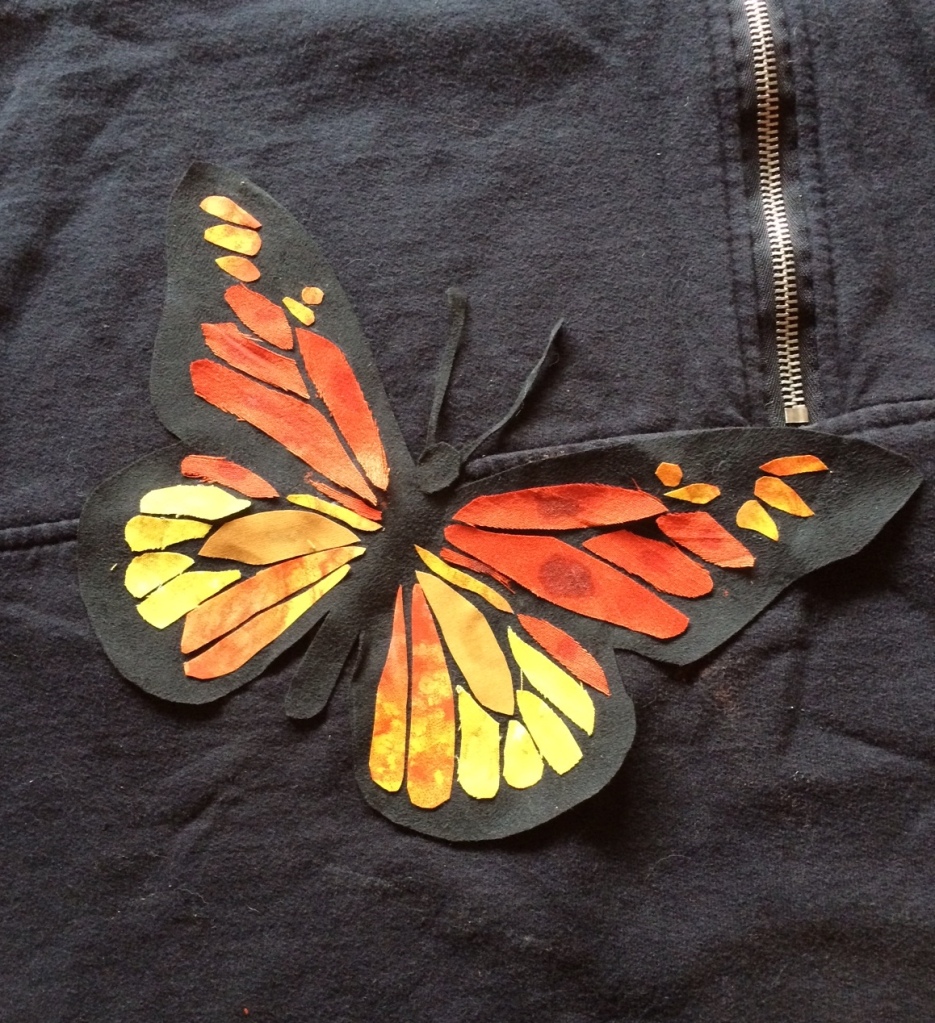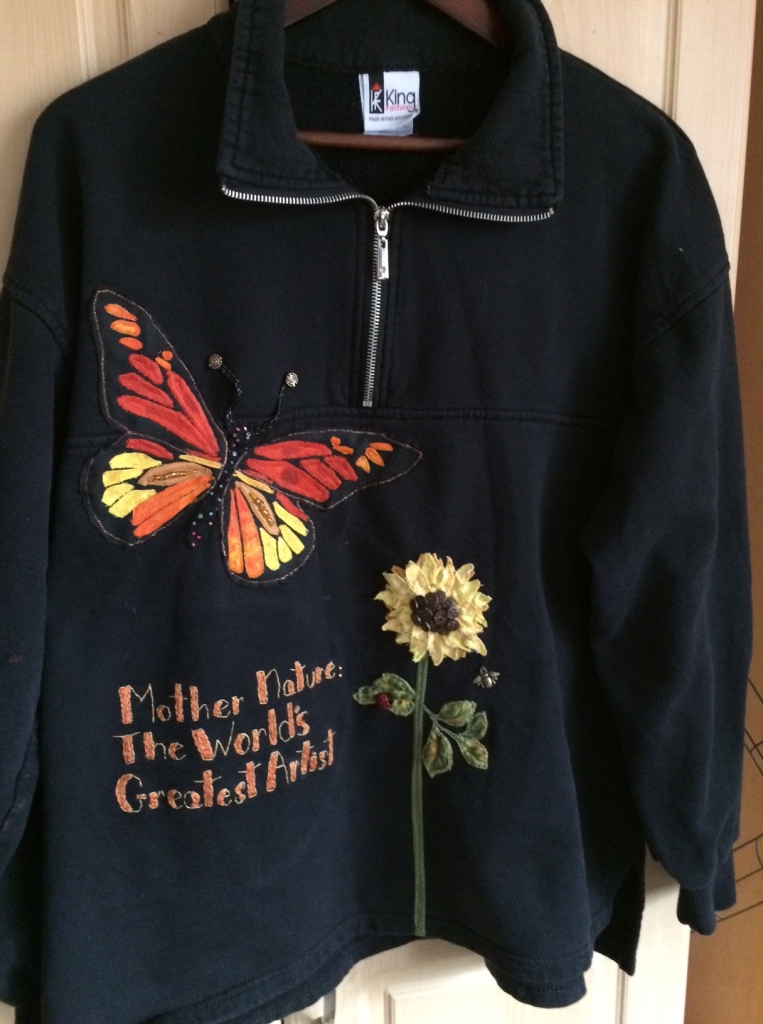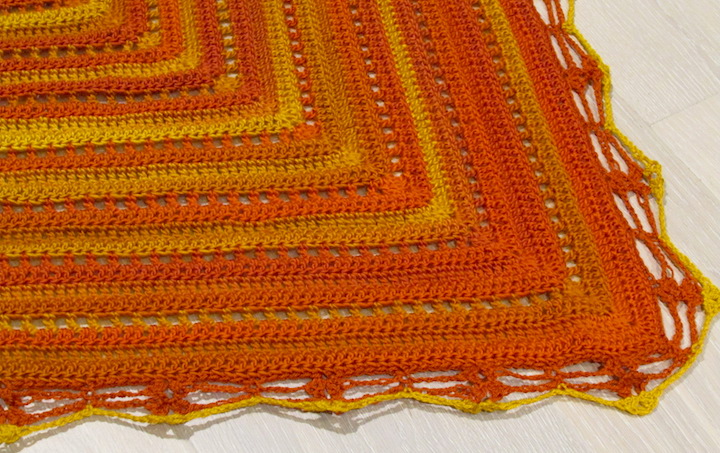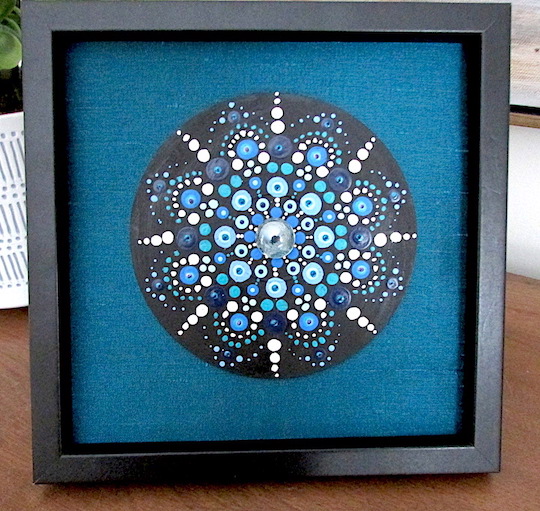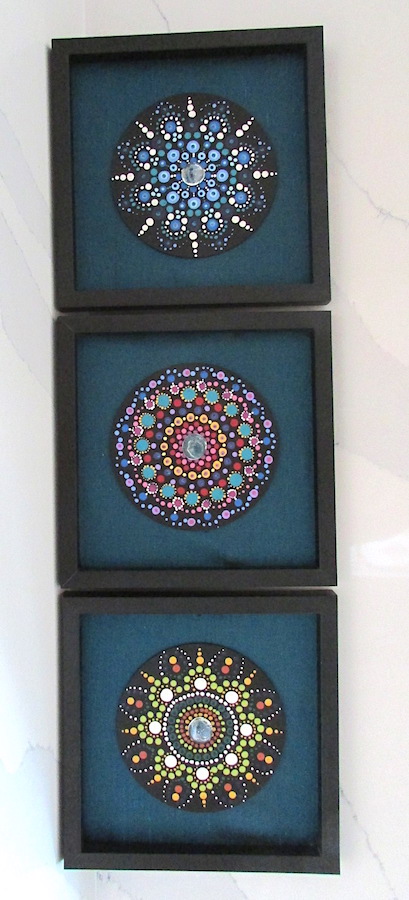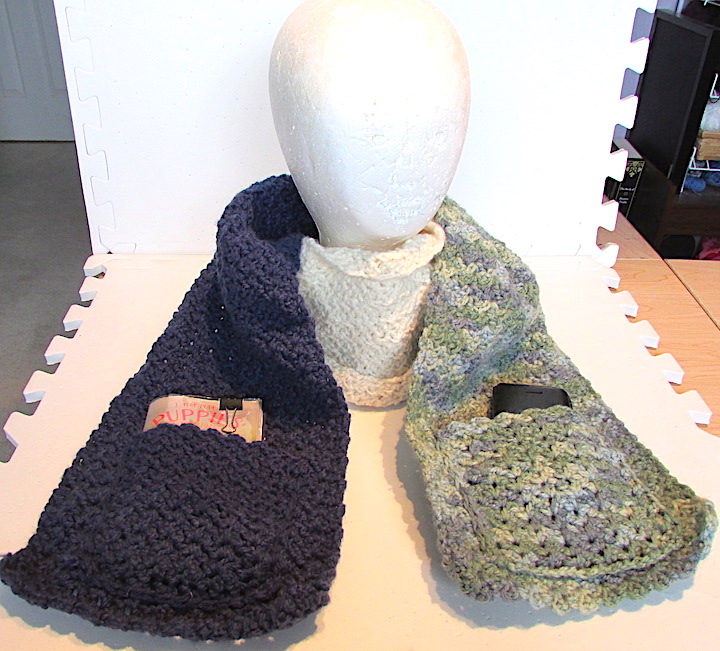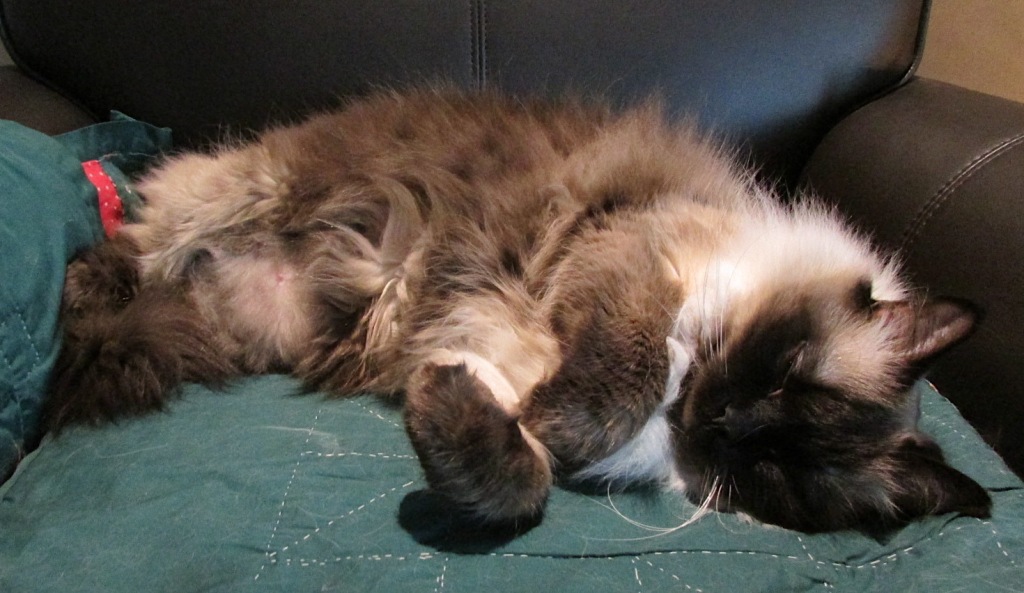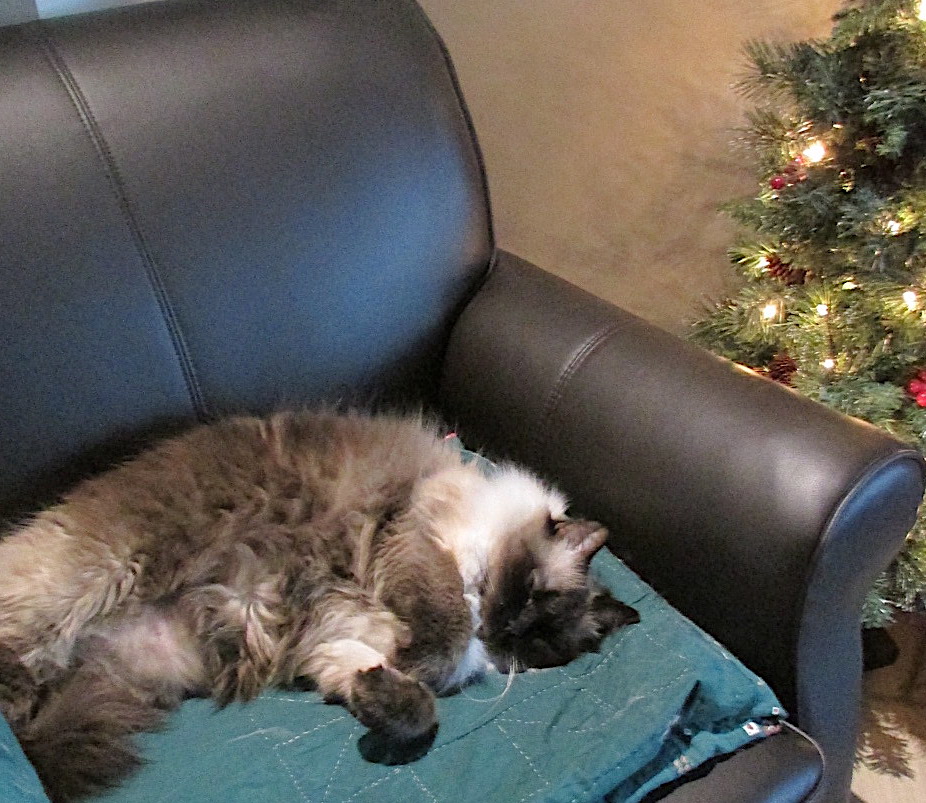I like to offer flexibility in my patterns when it comes to choosing colours, so I’ve indicated the yarn colours as just “light” and “dark” so that you can choose whatever coordinating colours that you’d prefer. I made my blanket with light and dark coral colours, along with an ecru-tinged cream.

Materials:
Blanket is approximately 30” x 30” / Each square is approx. 7”
Yarn: Colour A (light colour); Colour B (coordinating dark colour); Colour C (white or cream)
8 mm hook
Make 8 squares with Colour A, and 8 squares with Colour B.
Circle in a square:
With Colour A, ch 4, use sl st to join last ch with first ch to make a ring.
Round 1: ch 3 (counts as first dc), 11 dc in ring, sl st to 3rd ch of ch-3 to join (12 dc)
Round 2: ch 3, 1 dc in same sp as ch-3 (counts as first “2 dc”), 2 dc in each sp around until you have 24 dc, sl st to 3rd ch of ch-3 to join.
Round 3: ch 3, 1 dc in same sp as ch-3, *1 dc in next sp, 2 dc in next sp; repeat from * around until you have 36 dc, sl st to 3rd ch of ch-3 to join.
Round 4: ch 3, 1 dc in same sp as ch-3, *1 dc in each of the next 2 sps, 2 dc in next sp; repeat from * around until you have 48 dc, sl st to 3rd ch of ch-3 to join. Fasten off Colour A and attach Colour C.
Round 5: With Colour C: ch 6 (counts as dc + ch-3) (place a marker in 3rd ch of ch-6 to mark the top of your first “dc”); 2 dc in next sp (first corner made), *1 dc in next sp, 1 hdc in each of next 2 sps, 1 sc in each of the next 4 sps, 1 hdc in each of the next 2 sps, 1 dc in the next sp, (2 dc in the next sp, ch 3, 2 dc in the next sp—corner made); repeat from * around until you reach beginning ch-6, dc in same sp as ch-6, sl st to marked ch-3 to close.
Round 6: (will use sc around to finish): *(sc into ch-3 sp, ch 2, sc into same sp—corner made), sc in each sp across to next ch-3 sp; repeat from * around, sl st to beginning sc to close. Fasten off and weave in end.
Seam the squares together as shown in chart below.

Border: Attach Colour B with sl st in any corner sp, 2 sc in corner sp, *sc in each sp around, with 2 sc in each corner sp, join with sl st in first sc and fasten off. Attach Colour C and repeat with sc around, then attach Colour A and repeat around. Fasten off and weave in end. Block blanket to 30” x 30” to finish.



